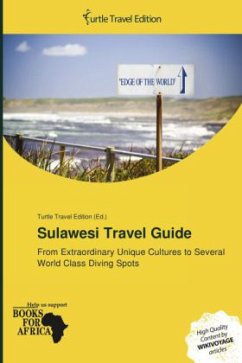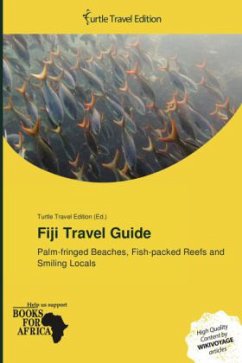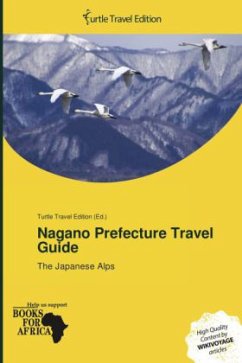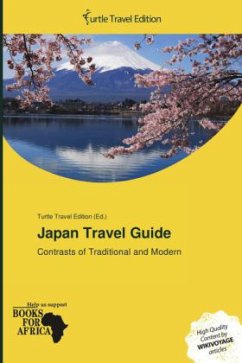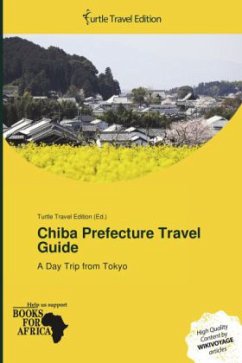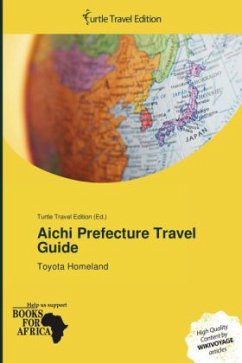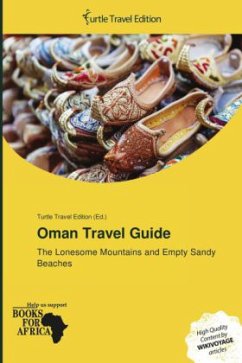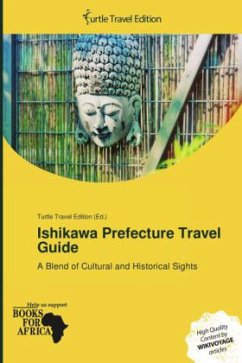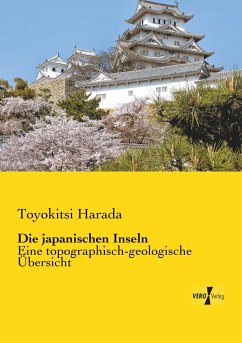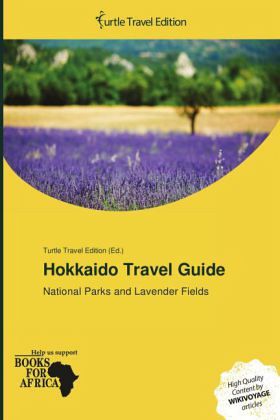
Hokkaido Travel Guide
National Parks and Lavender Fields. Hrsg.: Turtle Travel Edition
Versandkostenfrei!
Versandfertig in 6-10 Tagen
26,99 €
inkl. MwSt.

PAYBACK Punkte
13 °P sammeln!
Please note that the content of this book primarily consists of articles available from Wikivoyage or other free sources online. The northernmost of the country s four main islands, Hokkaid offers skiing, hiking, camping, motorcycling, biking, rafting, canoeing, fishing even bird-watching. Exciting nightlife in the larger cities lets you get into as much trouble as you want, while luxurious hot springs let you ease those troubles away. Hokkaid comprises one-fifth of the country s land mass, yet only 5% of the population lives here, in part because of the Siberian cold that descends from Novemb...
Please note that the content of this book primarily consists of articles available from Wikivoyage or other free sources online. The northernmost of the country s four main islands, Hokkaid offers skiing, hiking, camping, motorcycling, biking, rafting, canoeing, fishing even bird-watching. Exciting nightlife in the larger cities lets you get into as much trouble as you want, while luxurious hot springs let you ease those troubles away. Hokkaid comprises one-fifth of the country s land mass, yet only 5% of the population lives here, in part because of the Siberian cold that descends from November to March. Paradoxically, winter is still a major tourist time. People come to enjoy the skiing and snowboarding, look at the frozen northern waters of Wakkanai and Rebun, or enjoy the ice sculptures of the Yuki Matsuri. The Ainu, Hokkaid s indigenous people, have shaped this island s history. Many of the names in the area, such as Sapporo and Noshappu, come from Ainu language. Though marginalised for much of the past century, the Ainu have recently won recognition as an important part of Japanese cultural heritage and are re-establishing themselves. Excellent museums can be found in Sapporo, Hakodate and Shir. This book offers information on Hokkaid and its most notable places.



